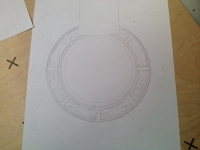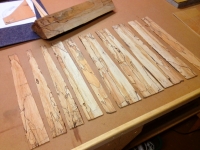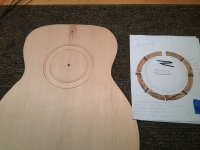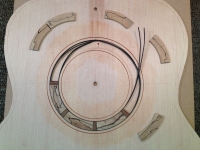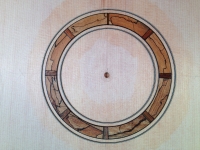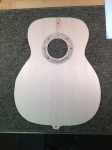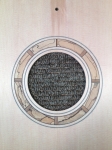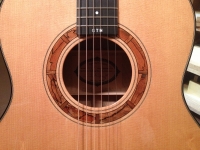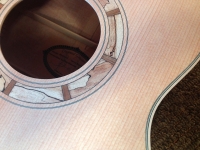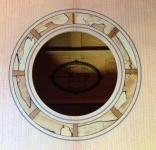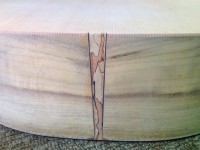The rosette on an acoustic guitar, along with the peghead and bridge designs, is a big part of the custom builder’s signature. Often a particular design will immediately identify the guitar as being made by a specific individual. Perhaps the amazing artwork created by Ervin Somogyi is the most extreme example among contemporary luthiers. I favor a more traditional, old school approach to design and yet I am drawn to using unusual woods in an artistic way. I am especially drawn to spalted woods, and I have some in my stash that dates back to 1983. The pictorial gallery below shows some of the elements involved with designing and building a segmented rosette using spalted Maple.
Technical Articles
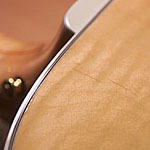
Humidity, Temperature, and Your Guitar
Maintaining your wooden instruments at an appropriate level of humidity year round is vital to their health and well-being. It is surprising how many owners of expensive instruments are unaware of this. I suppose that the primary reason is a lack … [Read More...]
Viewpoint Articles
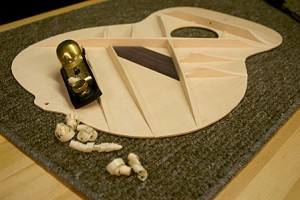
The Three Elements of a Great Guitar
Guitar players and collectors have so many choices available to them. New, used, factory brands, custom hand built...how do you narrow down the choices to the best option for you? In my opinion, any guitar should be measured by three … [Read More...]
